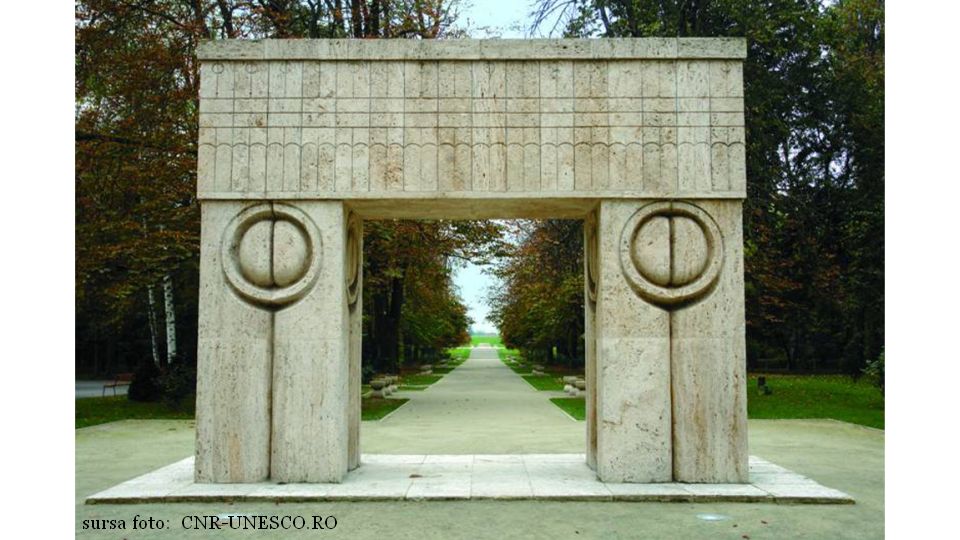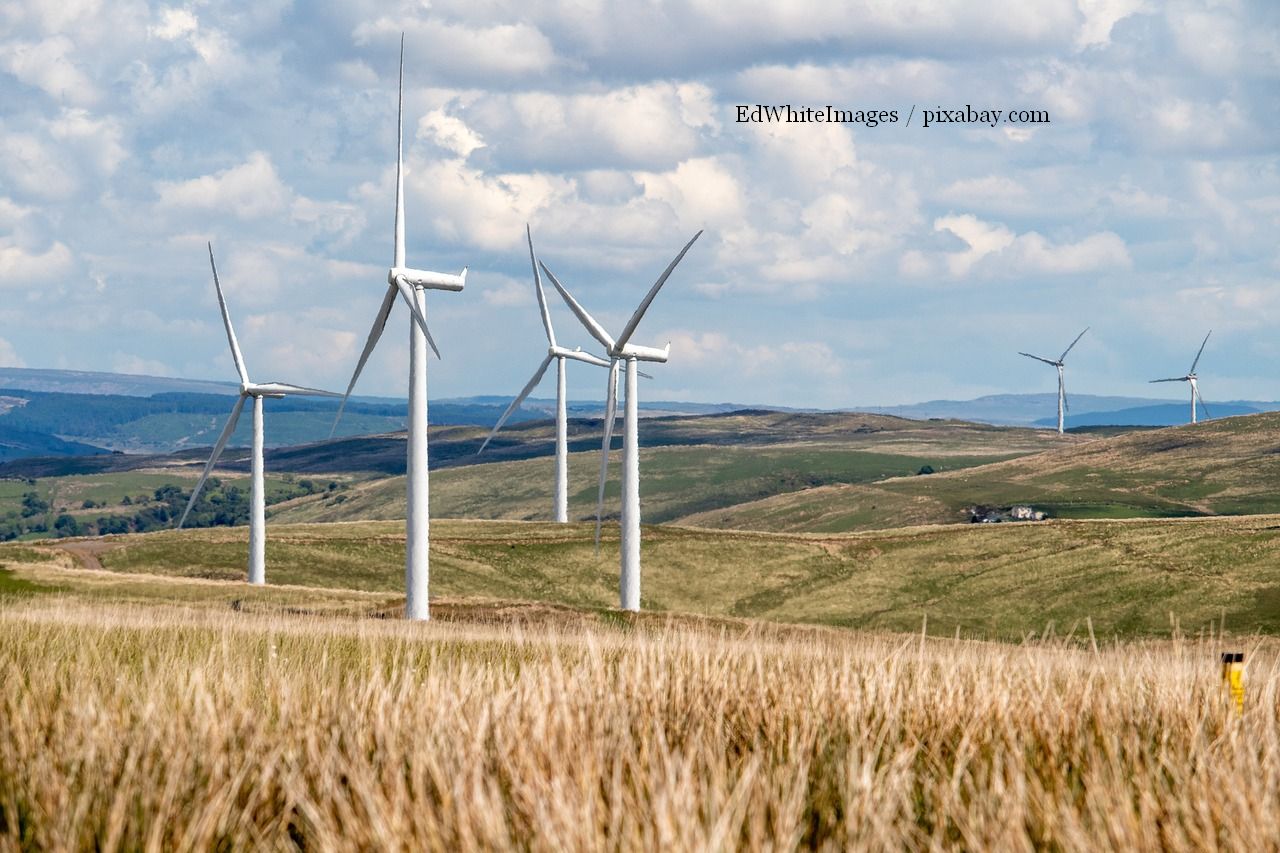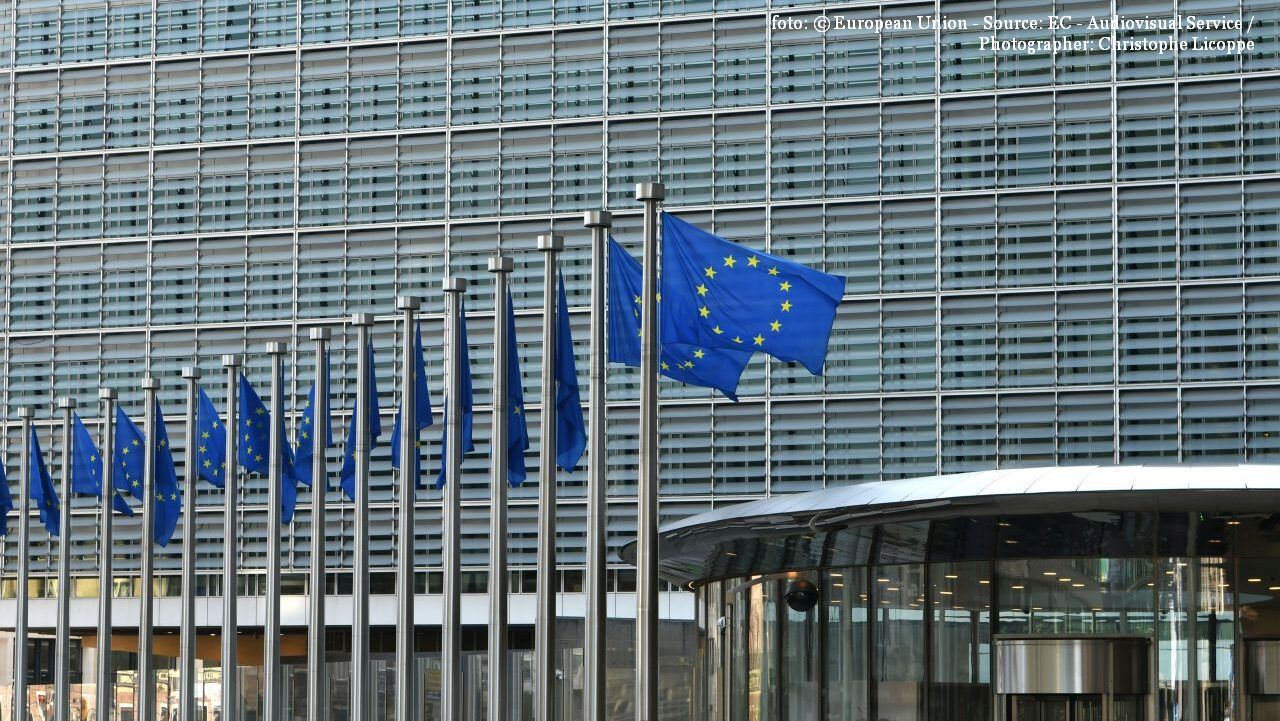Romania, better represented on UNESCO’s World Heritage List
UNESCO has added a series of outdoor sculptures by the great Romanian sculptor Constantin Brâncuşi to its World Heritage list.

Mihai Pelin, 29.07.2024, 14:00
The monumental ensemble “The Heroes’ Path” (“Calea Eroilor”) created by Constantin Brâncuşi in Romania and the Frontiers of the Roman Empire – Dacia have been added to UNESCO’s World Heritage List, thus considered some of the most notable examples of public art. The sculptural ensemble in Târgu Jiu (southwest), comprising four works – “The Table of Silence”, “The Alley of Chairs”, “The Gate of the Kiss” and “The Infinity Column” – was designed and built by Constantin Brâncuşi over 1937-1938. These sculptural ensembles aligned on a 1.5 km-long surface area alongside the Boulevard of Heroes in Târgu Jiu are but some of Brâncuși’s works that are still in Romania. “This recognition compels us to protect the monumental ensemble, to keep it intact for future generations and for the cultural memory of humanity”, Culture Minister Raluca Turcan said.
The second application greenlit by UNESCO concerns Roman fortifications (the so-called Danube Limes) erected along the northern border of the province of Dacia, totaling 277 sites from 16 counties. Part of the general defense system of the Roman Empire, the Frontiers of the Roman Empire – Dacia bear testimony to the expansion power of the Roman Empire through the consolidation of its northern borders. Extending over a thousand kilometers, it is the largest segment of Roman borders, including both land and river sectors.
Constantin Brâncuşi was born in the small village of Hobita in Gorj County, but lived in Paris most of his life. He arrived in the French capital in 1904, after a long journey that took 18 months, and finally worked for the great sculptor Auguste Rodin. However, he left his workshop in 1907 saying that “nothing grows under big trees” and became one of the most influential artists of the 20th century. He bequeathed his workshop and part of his art to the French state upon his death in 1957. He wanted to leave his works to Romania, but the then communist government refused the offer. In 2023, the city of Timișoara (west) organized the first exhibition of the artist’s works in Romania in over 50 years. A separate, full exhibition of Brâncuși’s works also came to a close this month at the Pompidou Center in Paris.
The latest additions to UNESCO’s World Heritage further enrich Romania’s presence on this list. The first to be recognized was the Danube Delta (1991) and then Villages with fortified churches from Transylvania (1993), the Churches from Moldova (1993, 2010), the Hurezi Monastery (1993), the Dacian Citadels from Orăştie Mountains (1999), the Historic Center of Sighişoara (1999), the Wooden Churches from Maramureş (1999), the Ancient and Primeval Beech Forests of the Carpathians and Other Regions of Europe (2017) and the Roşia Montană Cultural Mining Landscape (2021). (VP)






























